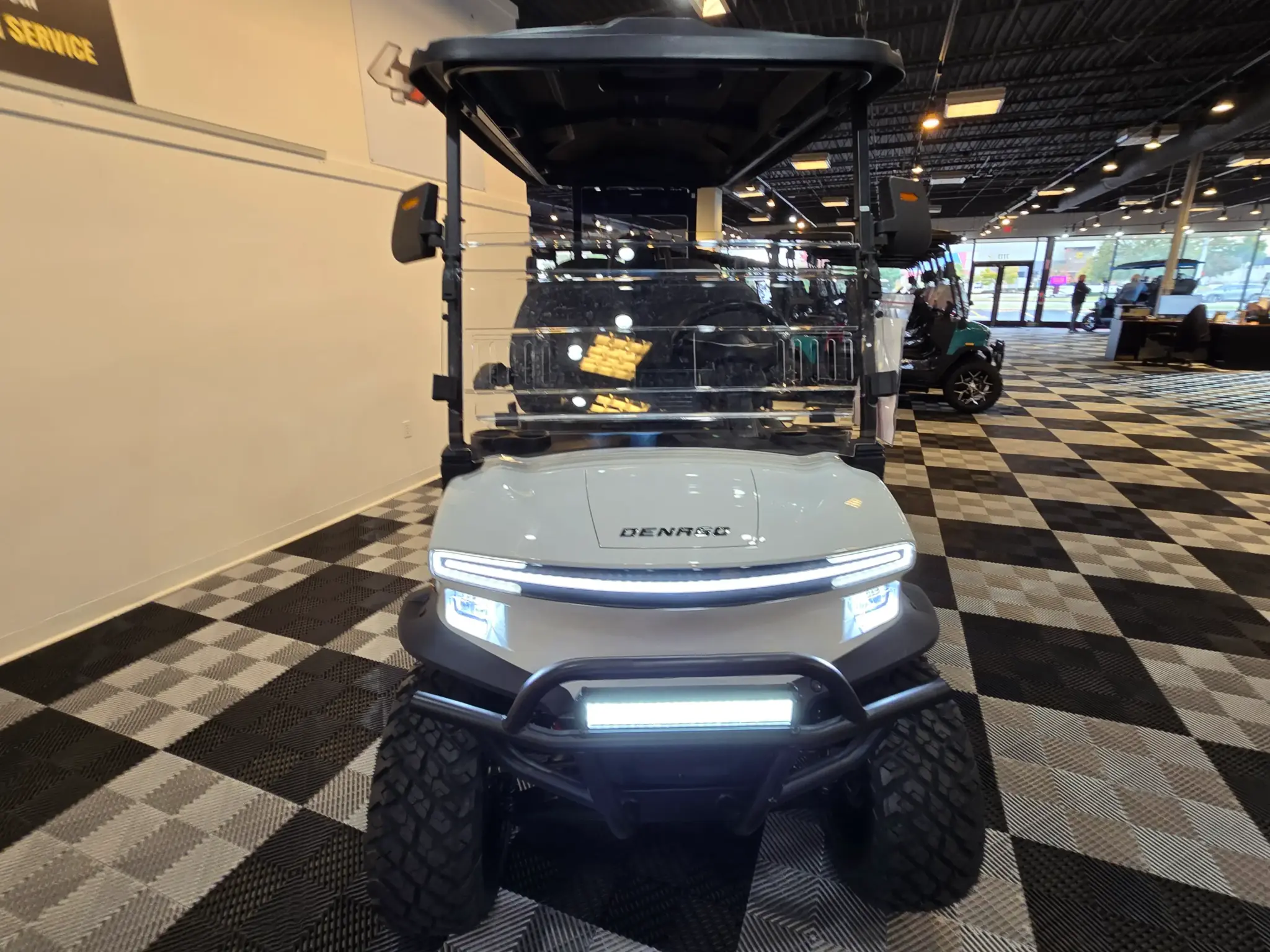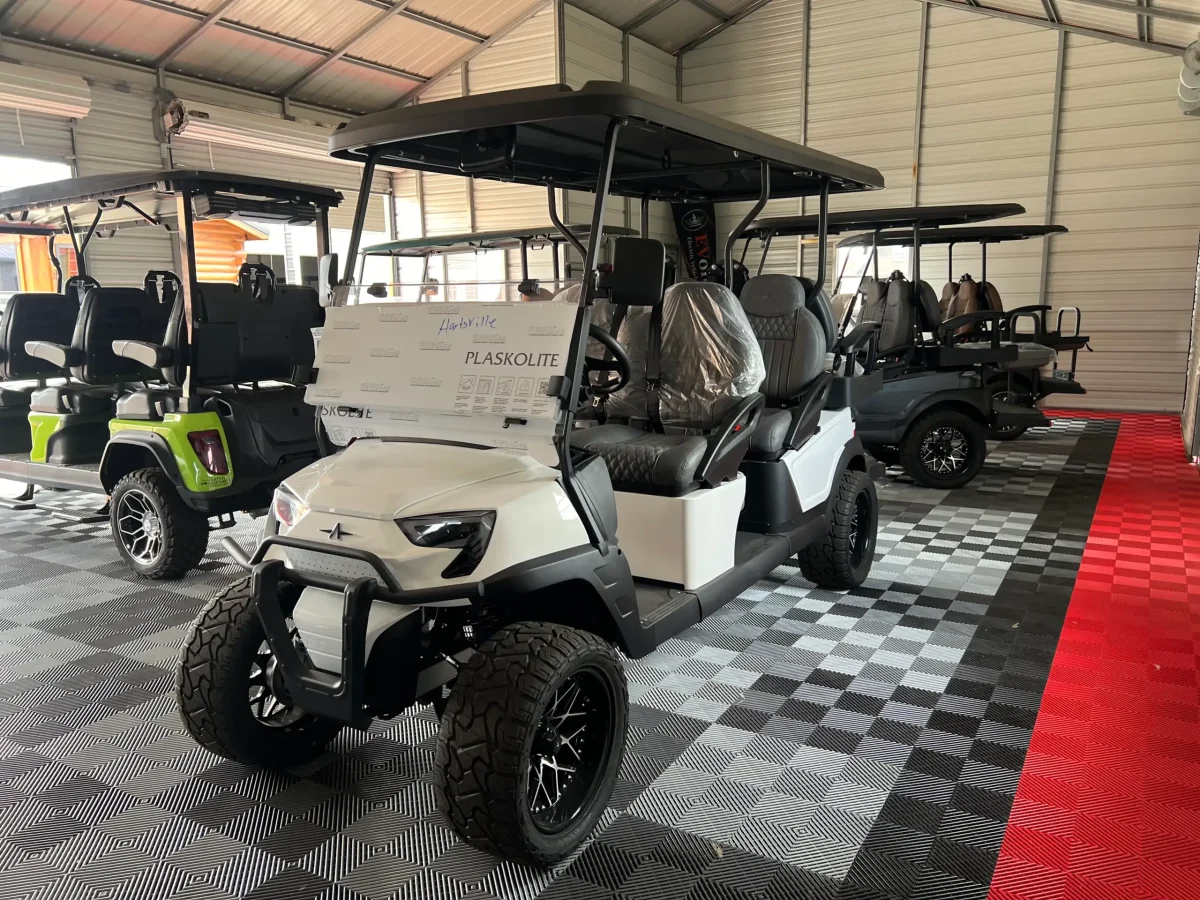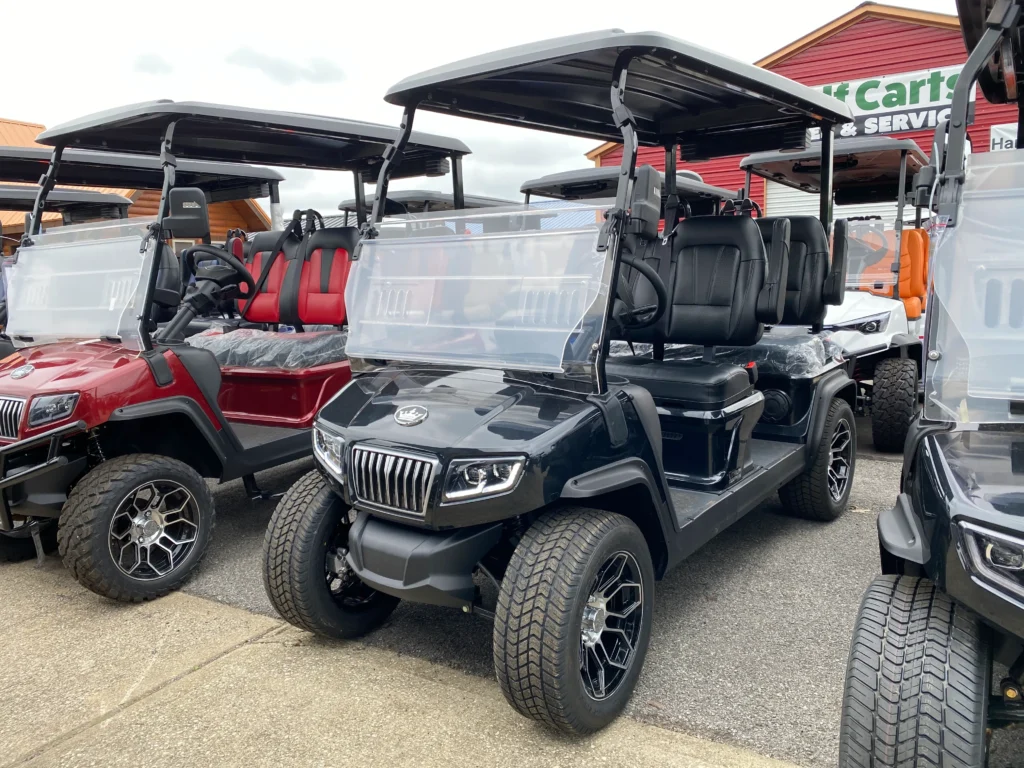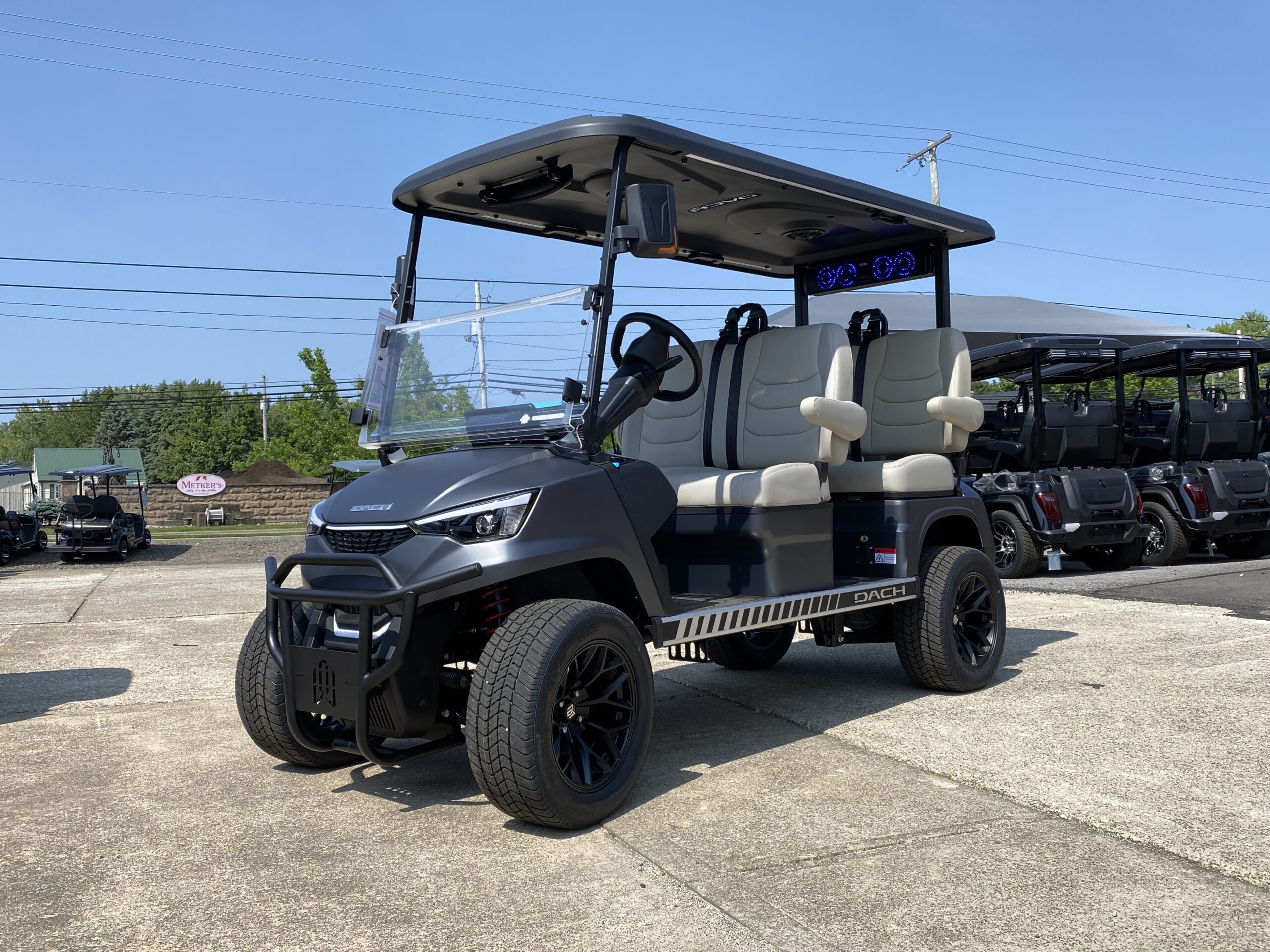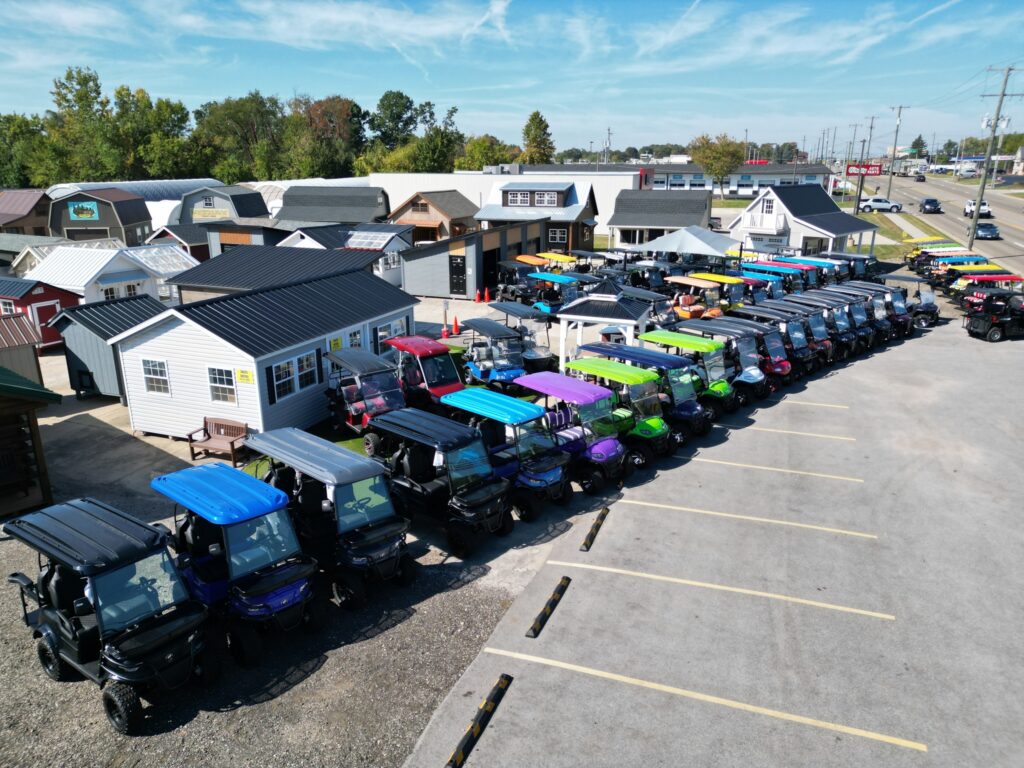Motorized vehicles have become an inseparable part of modern life, transforming how people travel, work, and transport goods. From cars and motorcycles to scooters and golf carts, they serve countless functions across industries and communities. But what exactly qualifies as a motorized vehicle, and how do golf carts fit into this evolving category? Understanding the foundation of motorized transport helps explain why electric and compact options like golf carts have gained so much popularity in recent years.
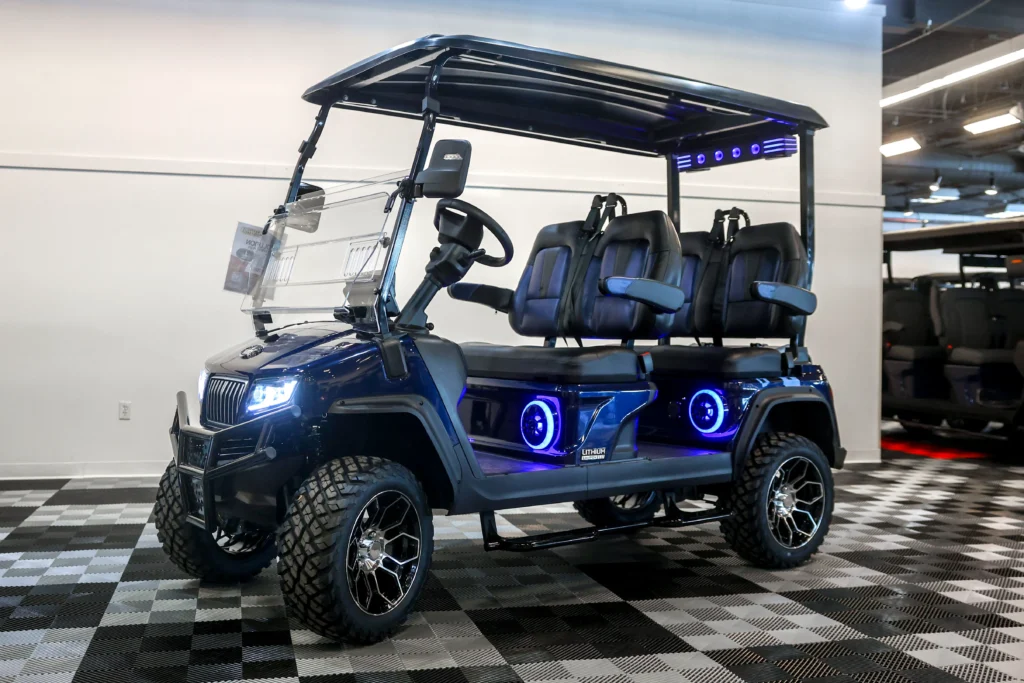
Defining Motorized Vehicles
At its core, a motorized vehicle is any machine powered by a motor or engine designed to move people or goods. These can include automobiles, motorcycles, mopeds, and off-road vehicles such as all-terrain vehicles (ATVs) and golf carts. While traditional vehicles rely on internal combustion engines, the growing shift toward electricity has expanded the definition to include battery-powered transport. According to Wikipedia’s entry on motor vehicles, these machines are typically self-propelled and designed for ground use, setting them apart from bicycles or horse-drawn carriages.
The Core Function of Motorized Vehicles
Every motorized vehicle shares the same basic principle—converting stored energy into mechanical power that propels motion. Gasoline and diesel engines achieve this through combustion, while electric motors rely on battery power to generate torque. The purpose of these vehicles varies widely, from commuting and recreation to work and leisure. What unites them is efficiency and convenience, making it possible to cover distances faster and with less physical effort.
Common Types of Motorized Vehicles
Motorized vehicles fall into several main categories. Passenger vehicles like cars and SUVs dominate roads, while motorcycles and mopeds cater to smaller, more agile travel needs. Utility vehicles such as ATVs, tractors, and golf carts serve work and leisure purposes in specialized environments. Each type is designed for a unique role, yet all share similar technology in their motors, drivetrains, and power systems. Golf carts, for example, are smaller and slower but excel in efficiency and sustainability compared to larger options.

How Golf Carts Fit the Definition
Golf carts are among the most practical examples of small-scale motorized vehicles. They run on either gas or electricity and operate at low speeds, typically between 15 and 25 mph. Although originally built for golf courses, today’s golf carts have evolved into versatile neighborhood vehicles. Their compact size, low energy use, and simple mechanics make them ideal for communities, campuses, and resorts. Modern electric golf carts also comply with low-speed vehicle (LSV) regulations in many states, allowing street use within specific zones.
Gas-Powered vs Electric Motorized Vehicles
The biggest distinction in motorized vehicles today lies between gas-powered and electric models. Gas engines deliver longer range and higher speed but require regular maintenance and emit exhaust. Electric vehicles (EVs), on the other hand, use rechargeable batteries that eliminate fuel costs and reduce environmental impact. Golf carts represent this shift perfectly. Once dependent on gas, most new models now run entirely on electricity. This transition reflects the same trend seen across the automotive industry, as consumers and manufacturers move toward cleaner transportation solutions.
Efficiency and Environmental Impact
One reason golf carts are gaining popularity is their impressive efficiency. A fully charged electric cart consumes only a fraction of the energy used by standard cars for similar short-distance trips. This efficiency reduces both cost and carbon footprint. While larger motorized vehicles continue to dominate highways, smaller options like golf carts offer sustainable transportation alternatives for local travel. As cities encourage eco-friendly solutions, electric golf carts are emerging as practical tools for urban and suburban living alike.

Comparing Golf Carts to Other Motorized Vehicles
When compared with cars, motorcycles, or scooters, golf carts occupy a unique space. They combine the accessibility of personal transport with the simplicity of low-speed operation. Unlike cars, they do not require traditional fuel or complex mechanical systems. Unlike motorcycles, they offer stability, seating comfort, and safety features for multiple passengers. These benefits make them appealing not only to golfers but to homeowners, community residents, and commercial property managers seeking convenient mobility options.
Performance and Speed Differences
Most motorized vehicles are built for speed and endurance, while golf carts prioritize efficiency and comfort. Cars can easily exceed 100 mph, and motorcycles are capable of even greater speeds. In contrast, golf carts typically top out at 25 mph, which is sufficient for neighborhood and short-distance travel. This limitation, rather than being a drawback, actually enhances safety and practicality for daily use in gated areas or private communities where speed limits are naturally low.
Legal and Safety Considerations
Motorized vehicles are subject to regulation based on their classification and intended use. For example, standard automobiles require registration, insurance, and a valid driver’s license. Golf carts used in designated areas often have fewer requirements, though local laws vary. Many electric golf carts qualify as low-speed vehicles when equipped with headlights, seatbelts, and mirrors. This flexibility allows them to operate legally in neighborhoods and on certain roadways, bridging the gap between recreational and street-legal transportation.
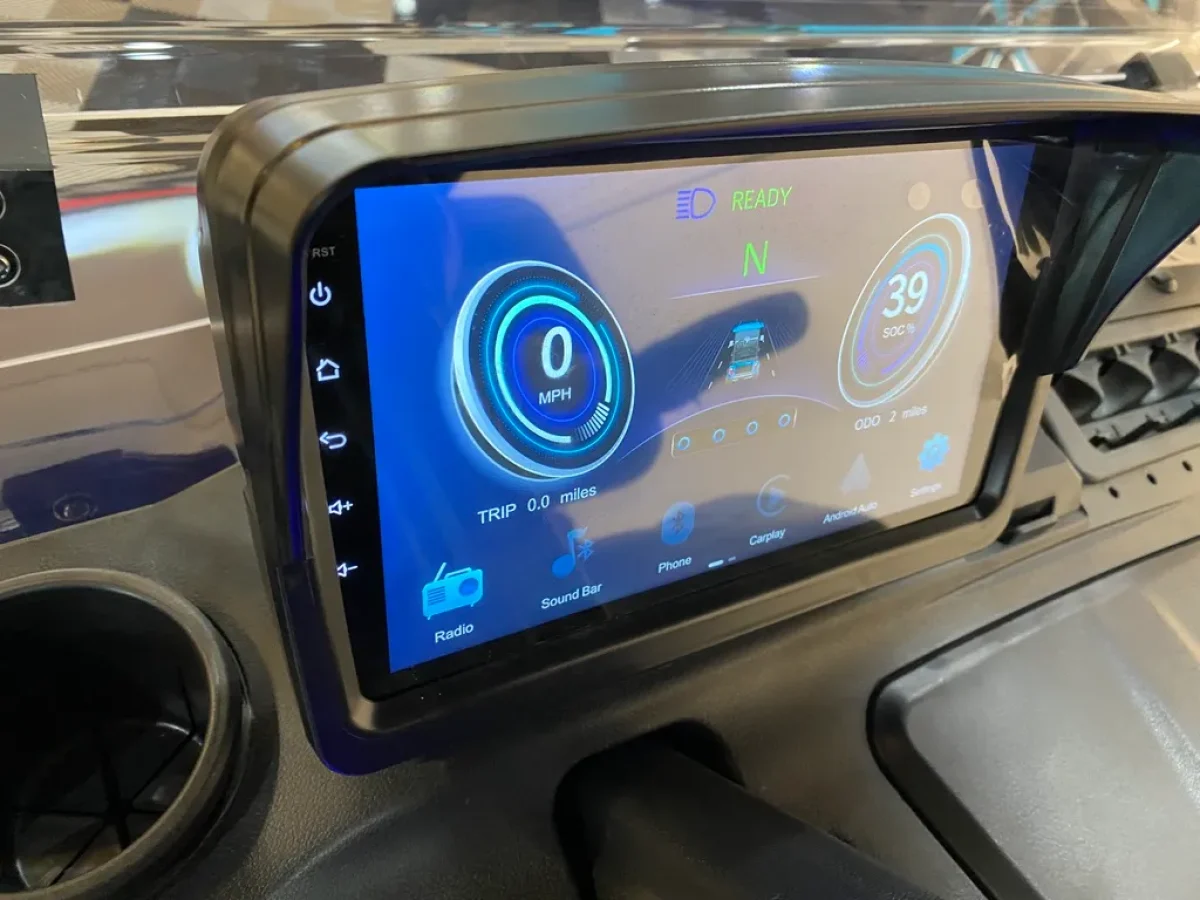
Technological Innovation in Motorized Vehicles
Advances in battery technology and smart systems are reshaping how motorized vehicles function. Features like regenerative braking, touchscreen controls, and lithium battery systems, once exclusive to electric cars, are now standard in modern golf carts. These innovations make them more efficient and easier to maintain. Models such as the Evolution GT6 demonstrate how far golf cart design has progressed, combining power, comfort, and sophistication in a compact frame that fits perfectly within the electric vehicle movement.
Economic Advantages of Compact Motorized Vehicles
Golf carts also deliver clear economic benefits. They are affordable to operate, with lower upfront costs compared to automobiles. Charging costs a fraction of what gasoline does, and maintenance requirements are minimal since there are fewer moving parts. Many homeowners associations and businesses now use fleets of electric carts for transport, saving significantly on fuel and repair expenses. As battery technology continues to improve, these savings will grow even more substantial over time.
Social and Lifestyle Benefits
Beyond cost and efficiency, golf carts add a unique convenience to everyday living. They are quiet, simple to operate, and versatile for both recreational and functional use. Residents of gated communities use them to visit neighbors or local amenities. Resorts and universities rely on them for staff transport. Their size makes them easy to park, and their design allows passengers to travel comfortably while enjoying open-air driving. These qualities make them one of the most approachable forms of motorized vehicles available.

Motorized Vehicles in a Sustainable Future
The transition to electric power across all forms of motorized vehicles is reshaping how society views transportation. While cars and buses continue to lead large-scale travel, smaller alternatives like golf carts play a crucial role in sustainable mobility. They consume less energy, generate zero emissions, and reduce traffic congestion in urban areas. As cities adopt green initiatives, these compact vehicles could become an essential part of short-distance commuting solutions.
Why Golf Carts Are the Future of Neighborhood Transport
In many ways, golf carts represent the ideal midpoint between walking and driving. They provide convenience without excessive speed or environmental cost. With more communities allowing street-legal golf carts, the demand for electric models continues to rise. Their quiet motors and smooth operation also make them perfect for retirement communities, campuses, and eco-conscious neighborhoods. As the definition of motorized vehicles expands, golf carts are becoming central to everyday transportation solutions.
When Motorized Vehicles Meet Comfort
Comfort and design are no longer limited to luxury cars. Golf carts now feature high-quality materials, ergonomic seating, and digital controls that rival traditional vehicles. Many modern models include Bluetooth speakers, LED displays, and extended battery ranges, bringing comfort and style to short-distance travel. This evolution reflects a broader consumer shift toward personalized, sustainable mobility rather than pure horsepower or speed.
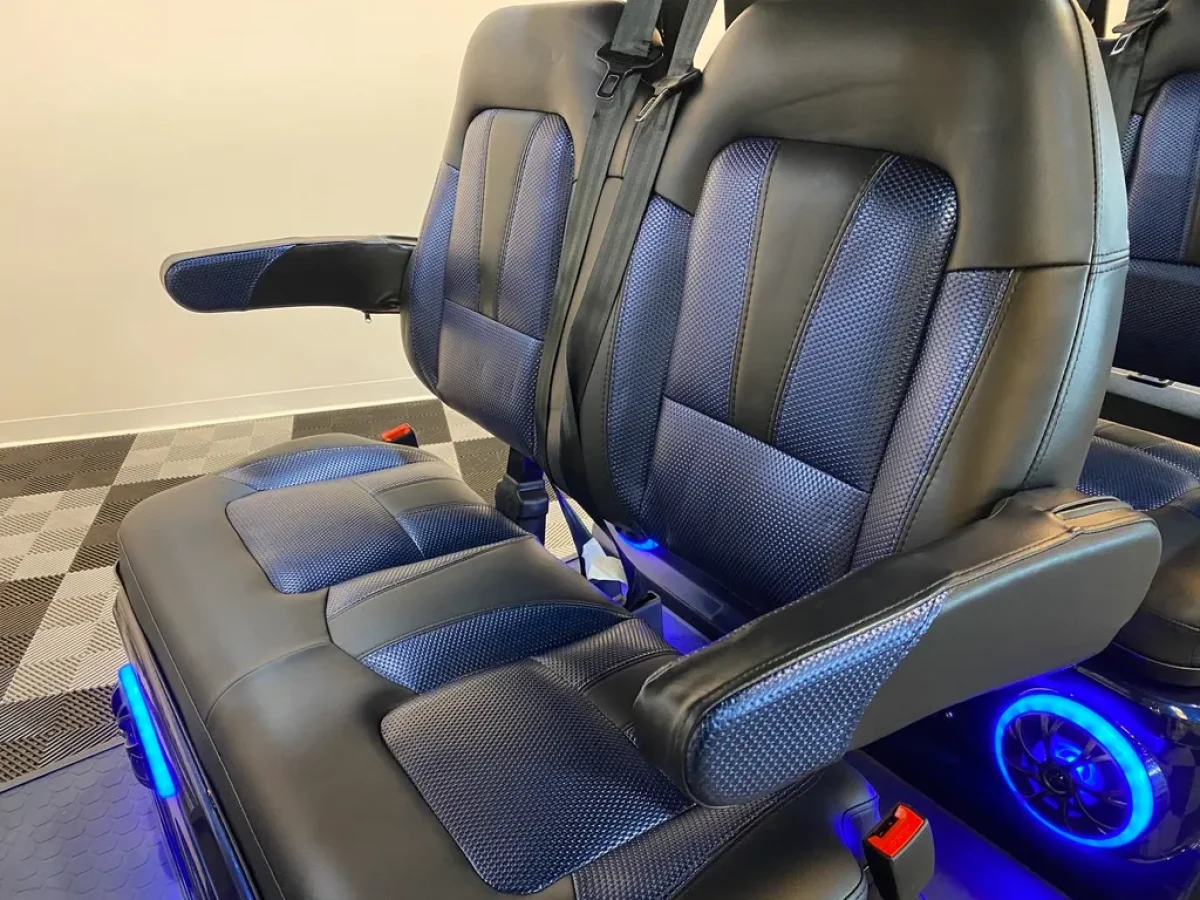
Challenges and Limitations
While golf carts and other small motorized vehicles offer many advantages, they also face limitations. Range, weather exposure, and speed restrictions mean they cannot replace standard vehicles for long commutes. However, as battery efficiency and charging infrastructure improve, these challenges are gradually being overcome. The balance between compact design and technological advancement ensures golf carts will remain relevant well into the future.
Conclusion
Motorized vehicles come in many forms, but few combine simplicity, sustainability, and practicality as effectively as the modern golf cart. They represent a new chapter in personal transportation, quiet, efficient, and adaptable for everyday use. Whether you are exploring electric models or seeking a reliable low-speed vehicle, you will find exceptional performance and value through Hartville Golf Carts. Discover how the right golf cart can redefine convenience and comfort in your daily travel.


